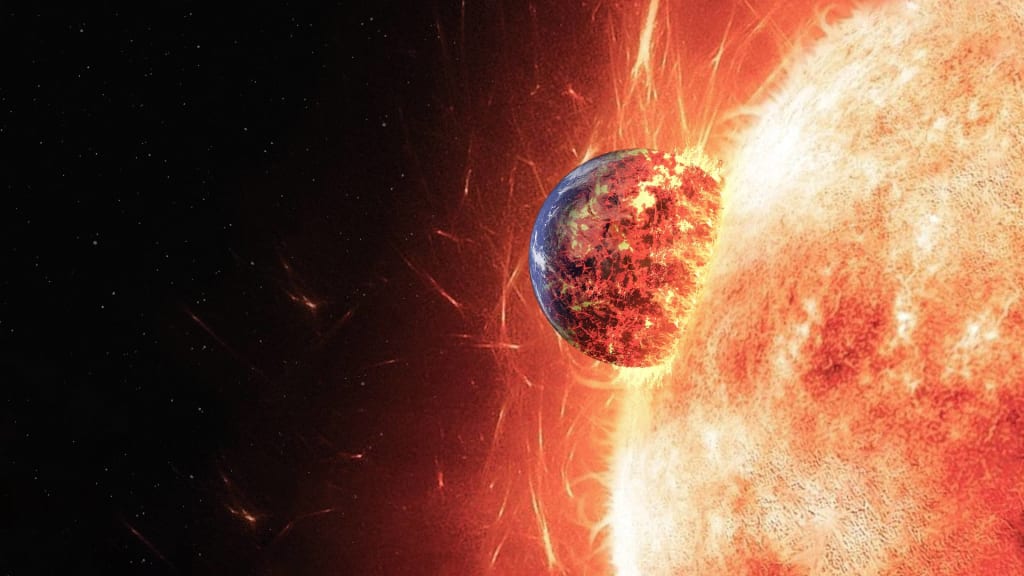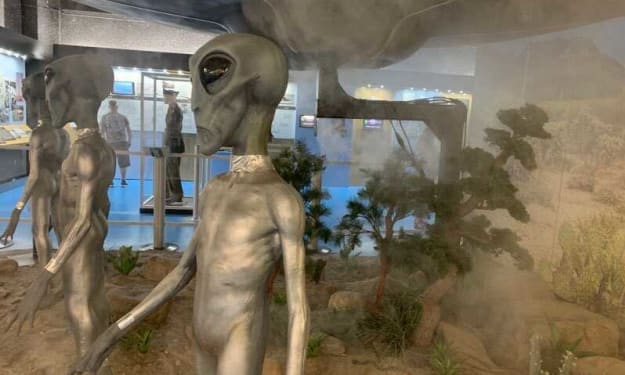The Sun Will Eventually Swallow Earth – But When?
From Star-Planet Engulfment to Binary Black Hole Mergers, Revealing the Extraordinary Secrets of the Universe

What happens when a star exhausts its fuel? First and foremost, paradoxically, it undergoes a significant expansion, growing to a size a million times larger than its original state. When the core of a star depletes its hydrogen, it initiates a contraction under the influence of its own gravitational force. However, hydrogen fusion persists in the outer layers of the star, causing the core to contract and heat up. Consequently, the upper layers of the star also experience an increase in temperature, leading to the expansion of the star's radius. As the star continues to grow, it engulfs surrounding matter, including its own planets. Astronomers have witnessed stars just before or immediately after engulfing entire planets, but until recently, the process itself had never been observed.
Scientists from various universities have made a historic announcement, revealing their observation of a star consuming a planet for the first time. This tragic event took place not in a distant galaxy, but within our own Milky Way, approximately 12,000 light-years away from us. Astronomers detected an intense outburst from a star with a mass ranging from 0.8 to 1.5 times that of our sun, located near the Aquila constellation, resembling an eagle. In a mere 10 days, the star became over 100 times brighter than its usual state, followed by a subsequent and longer-lasting signal that exhibited a lower temperature compared to the initial flash. This combination of phenomena can only signify one thing—the star had engulfed a nearby planet. The specific identity of the consumed planet remains uncertain. Astronomers speculate that it might have been a scorching world, categorized as a "hot Jupiter," with a mass ranging from one to ten times that of Jupiter in our solar system. Hot Jupiters are massive exoplanets similar to Jupiter but have significantly shorter orbital periods, requiring less than 10 days to complete an orbit around their host stars. Gradually, the planet in question spiraled towards the star until it was pulled into the star's atmosphere and ultimately into its core, where the star met its demise.
This celestial feast occurred between ten thousand and fifteen thousand years ago when the star itself was approximately 10 billion years old. Given its advanced age, the process of consumption unfolded swiftly and decisively. Unlike other hot Jupiters that experienced a more gradual erosion caused by their host stars, this star's engulfment of the planet transpired in one fell swoop. As for the possibility of other planets orbiting this star at a safer distance, astronomers remain uncertain. Further investigations are necessary to ascertain the presence of any additional celestial bodies within the star's vicinity. But even if thousands of years were to pass, it would likely be a while before planets become the star's main course or dessert. Regardless, now that astronomers have knowledge of what they should be searching for, they will remain vigilant in their quest for more cosmic gulps. This is because, inevitably, one day our planet, along with parts of our solar system, will meet the same fate. Everything surrounding us will vanish in an instant. However, there is no need to panic or hold our breath, as this cataclysmic event is not expected to occur for another 5 billion years. That is when the sun is projected to burn out and expand to such an extent that it will consume the inner planets of our solar system: Mercury, Venus, Earth, and Mars.
Assuming that human beings have managed to colonize another world by then, one that is located at least 10,000 light-years away from Earth, they would have the opportunity to witness this catastrophic phenomenon. The sun would undergo a sudden and dramatic increase in brightness, emitting materials into space. It would voraciously swallow several planets, including our home, Earth, before resuming its previous state with an air of nonchalance. However, stars are not the sole entities in the vast expanse of the universe that devour other celestial objects. There exists another type of cosmic monster, known as black holes, that mercilessly consume everything, even light itself. What is even more intriguing is that they not only ingest matter but also appear to expel it in some manner. Not so long ago, scientists made a groundbreaking discovery: the supermassive black hole residing at the center of our Milky Way galaxy appears to be leaking. This revelation carries significant implications, as it challenges the previous belief that this black hole, known as Sagittarius A*, with a mass 4.1 million times that of our sun, was dormant. It now seems that it may still be active, and the observed leakage could be a consequence of its ingestion of gas clouds.
During their research, a team of astronomers employed the Hubble Space Telescope to examine the phenomenon. Through their observations, they identified a jet resembling a blowtorch, exerting pressure on hydrogen clouds in the galactic center. This emission of gas is a common occurrence around active black holes, which are surrounded by material being drawn toward them due to their immense gravitational force. While some of this material is pulled into the black hole, a fraction of it is propelled outward by powerful magnetic fields. The findings indicate that when a large gas cloud approaches our supermassive black hole too closely, it is engulfed, leading to subsequent emissions in the form of mini jets of matter. It is speculated that the Fermi bubbles, observed to have formed approximately two to four million years ago, may be a result of these emissions. More recently, scientists have detected another massive glowing bubble of hot gas, aligning with the jet and stretching for at least 35 light years from the supermassive black hole. This suggests that the jet could have collided with this gas bubble, causing it to expand.
Now, let me share something even more intriguing. There appear to be instances of black holes that might be "eating" each other, or rather, attempting to share their meal. The current situation raises questions about what might unfold in the near future. Allow me to elaborate. Astronomers have identified two supermassive black holes feasting on cosmic material within two merging galaxies in distant space. The Atacama Large Millimeter/submillimeter Array (ALMA), a collection of telescopes located in Northern Chile's Atacama Desert, has proven instrumental in pinpointing the positions of these colossal entities, situated approximately 500 million light years away from Earth.
Astronomers have observed the presence of two enormous black holes situated in close proximity to each other, not far from the center of the merging galaxy UGC 4211. It appears that these black holes encountered each other during the collision of their host galaxies. One of the black holes boasts a mass approximately 200 million times that of our sun, while the other is slightly smaller, weighing around 125 million solar masses. Although they cannot be directly observed, these black holes are surrounded by luminous clusters of warm, glowing gas and stars. The gravitational pull exerted by the black holes has drawn all this matter close to them.
Over time, these black holes will enter into a dance of circling each other, eventually leading to their collision and the formation of a single, potentially larger black hole. Scientists have been diligently observing these black holes across multiple wavelengths of light and have reached the conclusion that they possess a certain uniqueness. Specifically, they are located in the closest proximity to each other that astronomers have ever observed. The distance between them is a mere 750 light years, which, in astronomical terms, is remarkably close. Moreover, this distance approaches the limit of what modern technologies are capable of detecting. Interestingly, such colossal mergers are more commonly observed in distant galaxies, making it challenging for Earth-based telescopes to observe them. However, the exceptional sensitivity of the Atacama Large Millimeter/submillimeter Array (ALMA) has enabled astronomers to study the bright and compact regions where matter swirls around these black holes. Imagine the astonishment of astronomers when, instead of witnessing a solitary black hole, they observed two of them actively consuming the dust and gas stirred up by the massive galactic merger.
The significance of this discovery lies in the possibility that binary black hole systems of this nature may be far more prevalent than previously believed. If pairs of black holes are indeed common, it could facilitate our study of gravitational waves generated when black holes collide. These waves, also referred to as ripples in space-time, offer valuable insights. Regarding the recently discovered pair of black holes, it may take several hundred million years for them to ultimately collide. Nevertheless, through careful observation of their behavior, scientists can ascertain the prevalence of binary black holes on the verge of collision throughout the universe.
That concludes our discussion for today.
About the Creator
Dr. Fred Domezah
Join me on a captivating journey to unravel mysteries, explore scientific breakthroughs, and delve into the complexities of our planet. Get ready to be intrigued as I take you on an exciting voyage of knowledge and discovery.






Comments
There are no comments for this story
Be the first to respond and start the conversation.